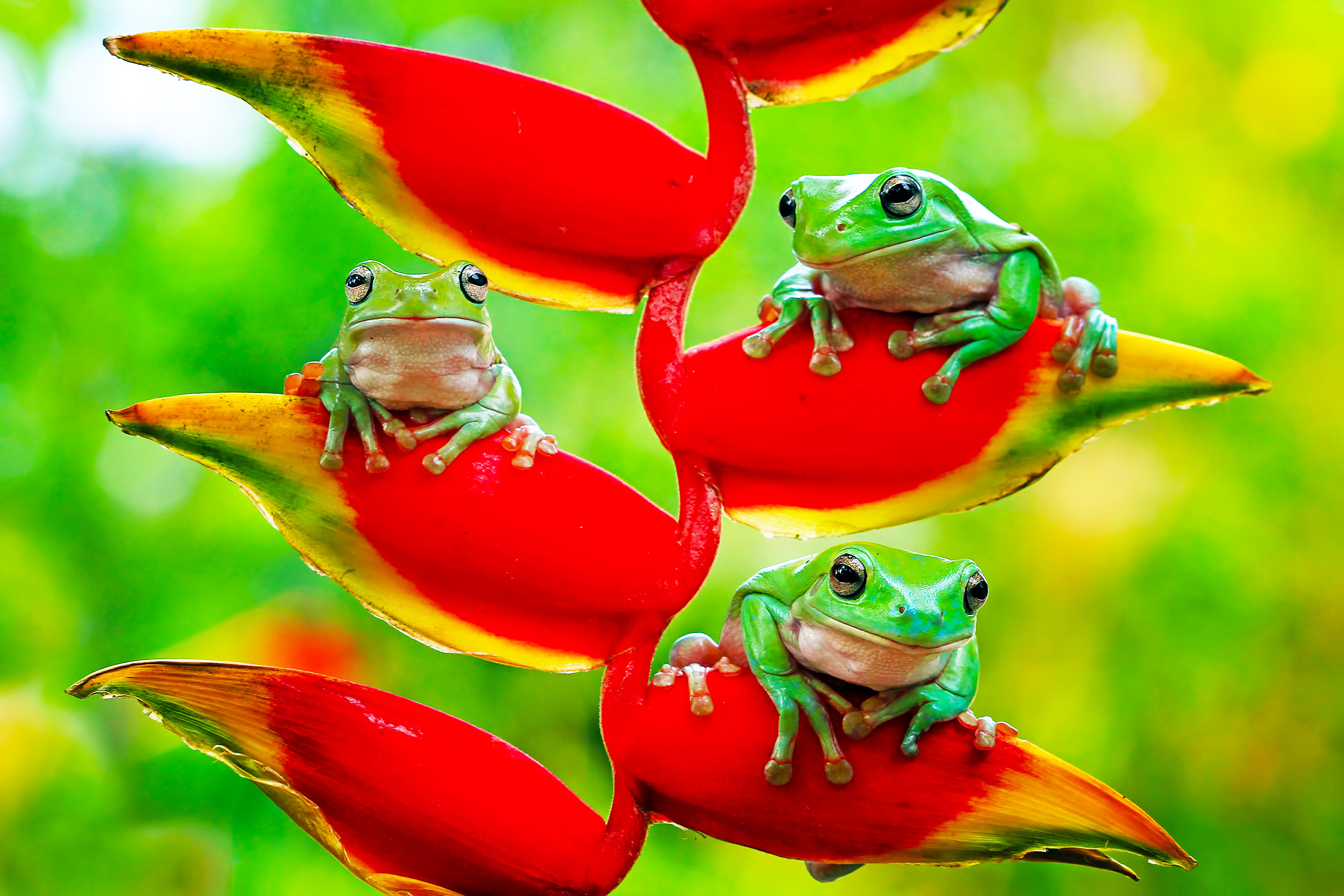PlantSnap Photos of the Week 2020

Heliconia rostrata -- hanging lobster claw
This plant is a photo of a plant called Heliconia rostrata — hanging lobster claw plant.
Heliconia rostrata (also known as hanging lobster claw or false bird of paradise) is a herbaceous perennial native to Peru, Bolivia, Colombia, Costa Rica, and Ecuador, and naturalized in Puerto Rico.
Other Heliconias grow in the upright position, their cup-shaped flower bracts storing water for birds and insects. This plant, however, has downward-facing flowers, the flowers thus providing a source of nectar to birds.
Heliconias are known to those who grow them as a host flower to many birds, especially the hummingbird.
Because of its unique characteristics, it is often used as a specimen for tropical gardens.
Along with the Kantuta flower, Heliconia rostrata, is the national flower of Bolivia.
Heliconia is a genus of flowering plants in the monotypic family Heliconiaceae. Most of the 190+ known species are native to the tropical Americas, but a few are indigenous to certain islands of the western Pacific and Maluku. Many species of Heliconia are found in the tropical forests of these regions.
Most species are listed as either vulnerable or data deficient by the IUCN Red List of threatened species. Several species are widely cultivated as ornamentals, and a few are naturalized in Florida, Gambia, and Thailand.
Common names for the genus include lobster-claws, toucan beak, wild plantain, or false bird-of-paradise. The last term refers to their close similarity to the bird-of-paradise flowers (Strelitzia). Collectively, these plants are also simply referred to as “heliconias”.
These herbaceous plants range from 0.5 to nearly 4.5 m (1.5–15 ft) tall, depending on the species. The simple leaves of these plants are 15–300 cm (6 in–10 ft).
They are characteristically long, oblong, alternate, or growing opposite one another on nonwoody petioles often longer than the leaf, often forming large clumps with age.
Their flowers are produced on long, erect or drooping panicles, and consist of brightly colored, waxy bracts, with small true flowers peeping out from the bracts.
The growth habit of heliconias is similar to Canna, Strelitzia, and bananas, to which they are related.
The flowers can be hues of reds, oranges, yellows, and greens, and are subtended by brightly colored bracts. Floral shape often limits pollination to a subset of the hummingbirds in the region.
This PlantSnap Photos of the Week image gallery contains images captured by PlantSnappers from all around the world.
Each of these images have been chosen in the past as the PlantSnap Photo of the Week.
Each week, the new PlantSnap Photo of the Week will be added to this gallery.











